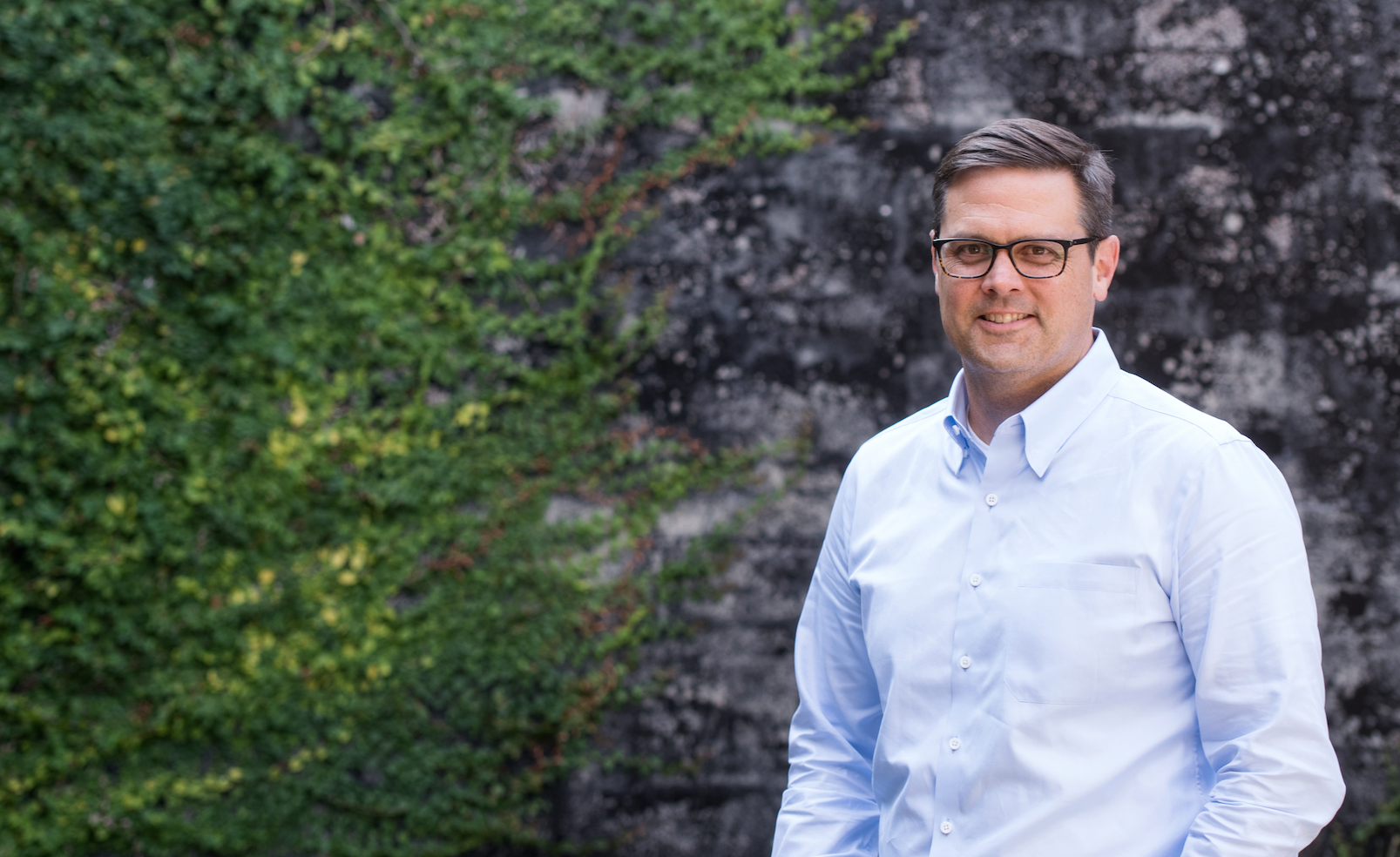
I am 225: Dyke Nelson
Architect Dyke Nelson has become known for his focus on sustainable design principles and residential and commercial projects in Baton Rouge’s urban core.
His firm, DNA Workshop, was behind 440 on Third (the downtown apartments above Matherne’s) and the sleek renovation of the Business First Bank building on Laurel Street.
Now, the development company he co-founded with David Weinstein, Weinstein Nelson, is at work on perhaps its biggest project yet: the highly anticipated Electric Depot on Government Street. The development at a former Entergy substation will play off its original brick warehouses and feature apartments, a bowling alley, eateries, entertainment and event space.
|
|
In 2012, Nelson refurbished a building around the corner on South 14th Street to house his firm, DNA Workshop, which he launched after working for several years as a partner and lead designer at Chenevert Architects.
In a city chock-full of native-born residents and LSU alums, the 45-year-old is neither, but that doesn’t stop him from being passionate about Baton Rouge’s historic buildings. Looking back on his path to the Capital City
15 years ago from a high-profile firm in San Francisco, Nelson says it
makes perfect sense.
“I grew up in Montgomery and graduated in architecture from Auburn. I decided I wanted to get out of Dodge, so I went to San Francisco. Within five hours, I had two job offers, which sounds impressive, but it really wasn’t. It was the dot-com boom, and I was a warm body and cheap. I chose to work with Gensler, which was the largest architecture firm in the world. I got to cut my teeth on some great projects and work with some really cool, smart people. In the mornings, I’d buy firm founder Al Gensler coffee and pick his brain. I learned from him something I believe to this day, that architecture is a service industry, and that we’re here not just to only create pure designs but to serve our clients and make their lives happier and more productive. I was able to move up fast, but six years later when my wife was pregnant with our second child, we decided we wanted to move south to be closer to family. I had 13 interviews from the Panhandle to Baton Rouge, and I saw a lot of great opportunity here. We had no family in Baton Rouge, and my wife had one friend here. But after I drove around downtown, it was clear that it had great bones and had this interesting texture. Baton Rouge was the kind of place where you really make an impact.”
|
|
|
